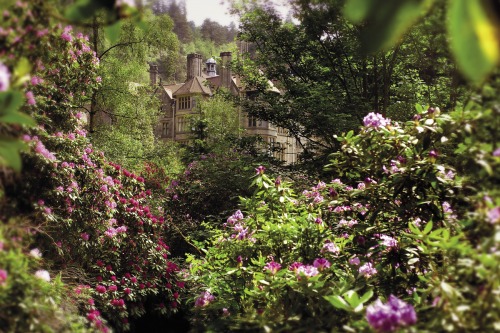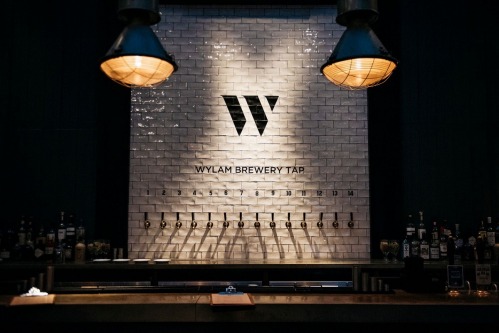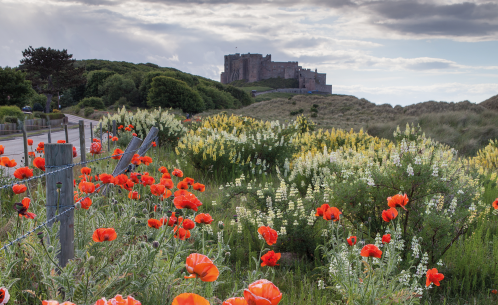Why You Should Visit Swaledale
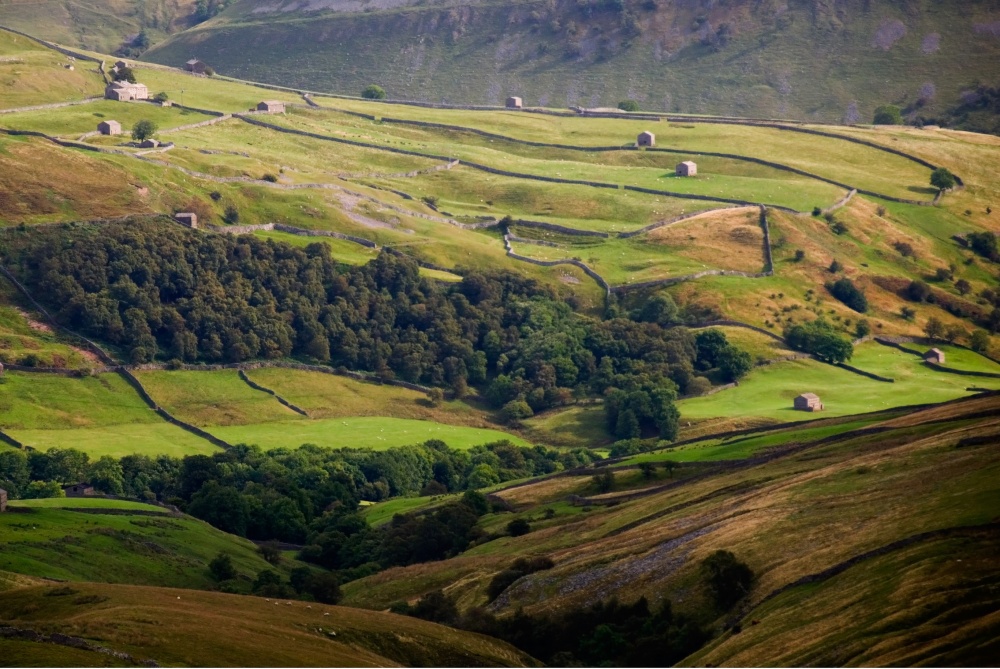
Possibly the best known of all the Yorkshire Dales, with its miles of drystone walls punctuated by old stone barns
Famous not just for its vast expanses of meadow and moorland, it’s also home to the hardy Swaledale sheep, and the tempestuous River Swale which runs through it – it’s one of the fastest-rising flood rivers in England and records show it can rise 10 feet in just 20 minutes.
Many of the tiny villages and hamlets which are dotted throughout the landscape still bear the names given to them by the Norse farmers who settled here more than a thousand years ago; Gunnerside, Muker and Keld are just a few of those worth seeking out. Swaledale runs west from the high moors on the Cumbrian border, east to the market town of Richmond. From the upper reaches around Keld, the river valley runs south before turning east at Thwaite where it starts to broaden, passing through the beautiful villages of Muker, Gunnerside, Low Row and Reeth before hitting Richmond. Swaledale actually runs parallel to neighbouring Wensleydale, and the two are joined by the famous Buttertubs Pass.
The typical limestone geology means a deep and winding narrow valley bottom, wildflower-rich meadows, and fell side fields leading up to the steeper valley sides covered in wild moorland. Sheep farming has always been the linchpin of the dale’s economy and it continues today. The once prosperous lead mining industry which flourished in the 19th century is now only notable by the fell side scars and old mine buildings found at Gunnerside, Grinton Moor, and in Swaledale’s tributary valley Arkengarthdale. At its peak, Swaledale supplied nearly 10 percent of the country’s lead, and climbing the steep banks of Gunnerside Ghyll you’ll come across a network of mining relics, and, at the bottom of the Ghyll, The Old Working Smithy & Museum. The Smithy was established in 1795, and the museum is home to a surprising collection of objects and artefacts from the surrounding mines. There is still a blacksmith at work there today, and you can watch him (Stephen is the sixth generation of his family to work at the smithy) create pieces which are sold in the on-site shop.
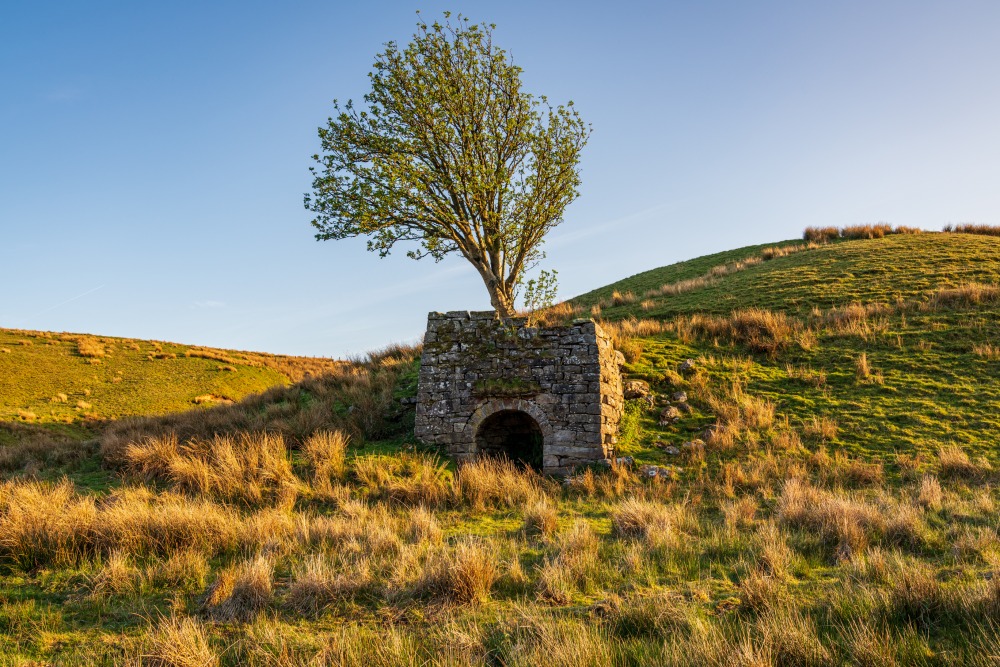
Swaledale was made for exploring, and tourism is now one of its major industries. Popular with walkers, cyclists, photographers and artists, whether you enjoy a challenging hike, a lengthy bike ride, or simply want to wander through the beautiful wildflower meadows, you’ll find plenty to keep you occupied. Discover the peaks of Blea Barf, Great Shunner Fell, and the moor-covered Rogan’s Seat at Gunnerside Gill, and contrast them with the tumbling waterfalls of Kisdon Force and Catrake on the upper reaches of the river.
Keld (the name derives from the Viking word Kelda, meaning a spring) is where Swaledale officially starts and it seems all paths lead to Keld as it is the crossing point of the popular Coast to Coast Walk and the Pennine Way, and also marks the end of the Swale Trail, a 20 km mountain bike trail which starts in Reeth. Just upstream from Keld is Catrake Force, a series of four waterfall steps, whilst downstream are upper and lower Kisdon Force, which drop over 10 metres but are popular with canoeists looking for white water. The surrounding woodland here is a Site of Special Scientific Interest and is home to ash, wych, elm and rowan trees.
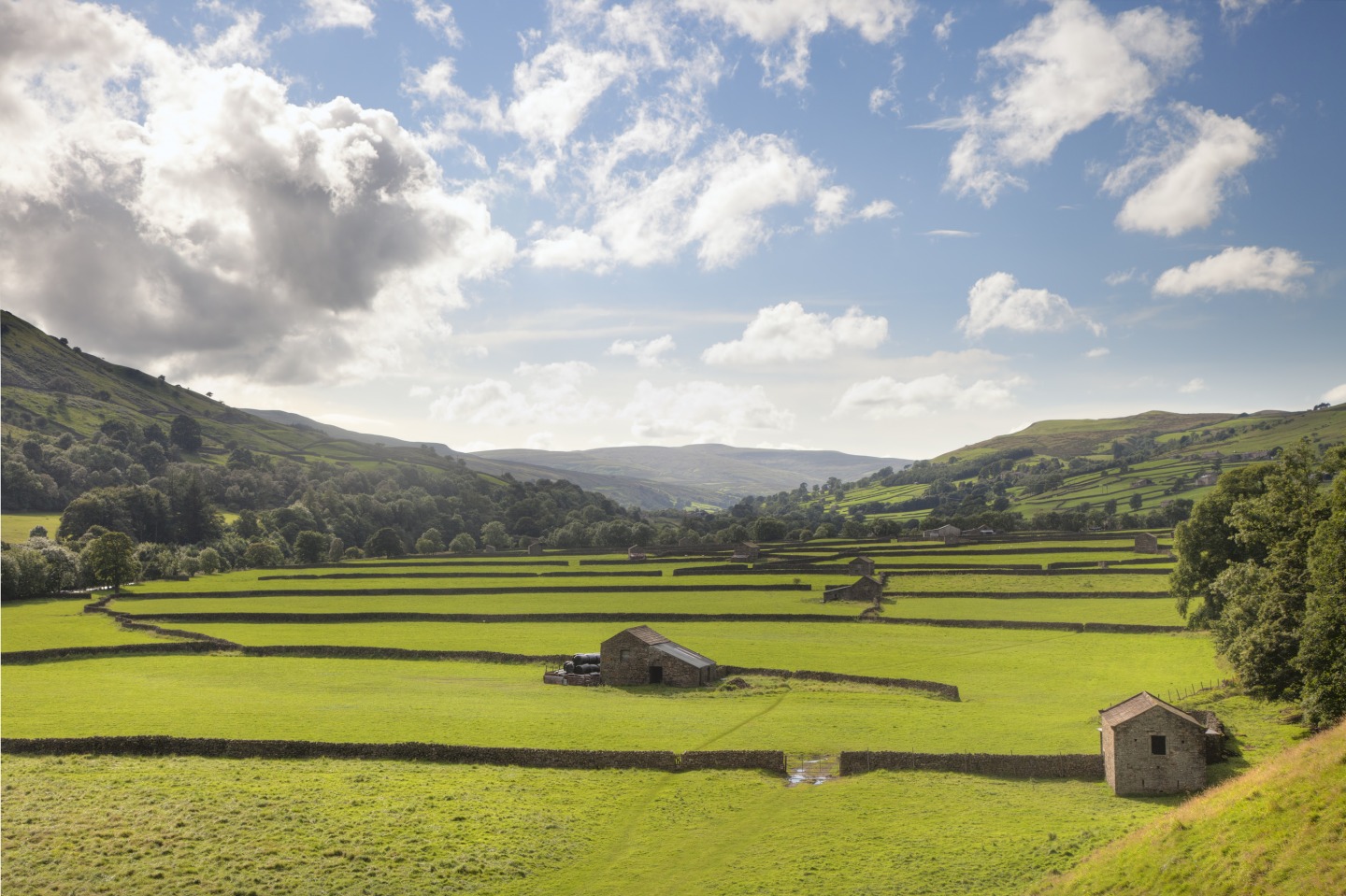
Downstream, Muker has been a centre for hand-knitted wool since the 16th century when Elizabeth I made hand-knitted socks fashionable. Every man, woman and child was soon engaged in knitting woollen stockings for the Elizabethan gentry. The industry declined with the introduction of machinery but has been somewhat revived as a cottage industry, and lots of hand-knitted garments can be bought in the local village wool shop. Muker, and neighbouring Gunnerside, are the best places to see the famous upland hay meadows with rare grasses and flowers. Four of the meadows were amongst the 60 Coronation Meadows designated by Prince Charles in 2013 as the surviving ‘jewels in the crown’, and are donor meadows, providing seeds for the restoration of other meadows in the dales.
The village of Gunnerside sits at the base of Gunnerside Ghyll. Dating back to the 10th century, it was once a much larger and prosperous place, a centre for dairy farming, and in the 17th century a signifiant site for lead mining, when many more cottages were built to house the miners. By 1880 lead mining had all but ceased, and many of these homes were deserted as the workers moved away to find jobs elsewhere. The remnants of their toils can still seen on the hillside above Gunnerside, in some of the most isolated and remote parts of the dale, an area hugely popular with walkers.
The pretty little village of Reeth sits at the meeting point of Arkengarthdale and Swaledale. It has a rich heritage and you can discover more about this fascinating place at the Swaledale Museum on the Green with its interactive exhibits and demonstrations which give a detailed picture of life around Reeth from as far back as the Iron Age. The Reeth Show is a traditional country show, held on August Bank Holiday. With a sheep show, fell races and lots of entertainment and stalls, it is well worth a visit. Reeth is also home to a great pub, LN favourite the Charles Bathurst Inn (the CB Company dominated the lead mining industry in the valley in the 17th century). Pop in for a pint and some great pub grub, or head to Cuckoo Hill View for an ice-cream from this friendly, family-run ice cream parlour.
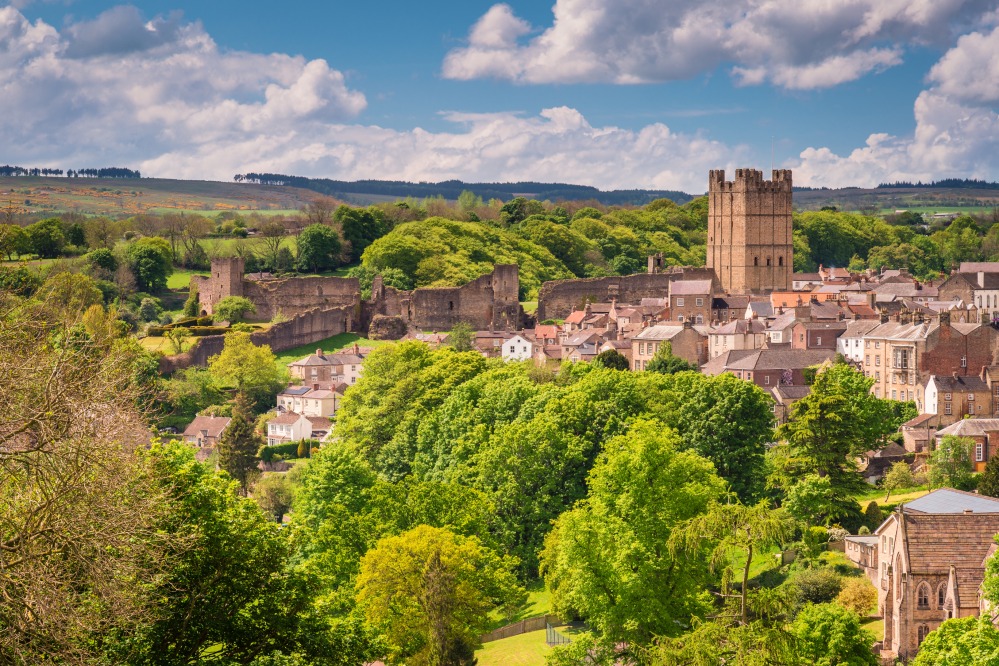
At the southern end of Swaledale, the historic town of Richmond reaches the grand old age of 950 this year. Research Richmond and you’ll discover that this market town (the name of which comes from the Norman French ‘riche-monte’ meaning ‘strong hill’) was the very first Richmond. (The second sits in southwest London – Henry VII named it after his favourite Earldom, Richmond in Yorkshire).
Records show that the building of the Norman castle here began in the 1070s on land gifted to Alan Rufus (Alan the Red), 1st Lord of Richmond, who had fought at the Battle of Hastings alongside William the Conqueror. It was completed in 1086 with a keep and walls which encompassed the area which is now the Market Place, and is said to be one of the largest cobbled markets in England. The castle become the headquarters of the Honour of Richmond, a vast assembly of estates in Yorkshire and further afield. Today, Earl Alan is acknowledged as having been the richest man in Britain, with his wealth in today’s currency valued at more than £81 billion when he died in 1093. The town became an important regional centre in the medieval period, when royal charters were granted giving it rights to hold markets and fairs, and its fortunes continued to flourish into the Georgian period, when many of the town’s buildings were constructed.
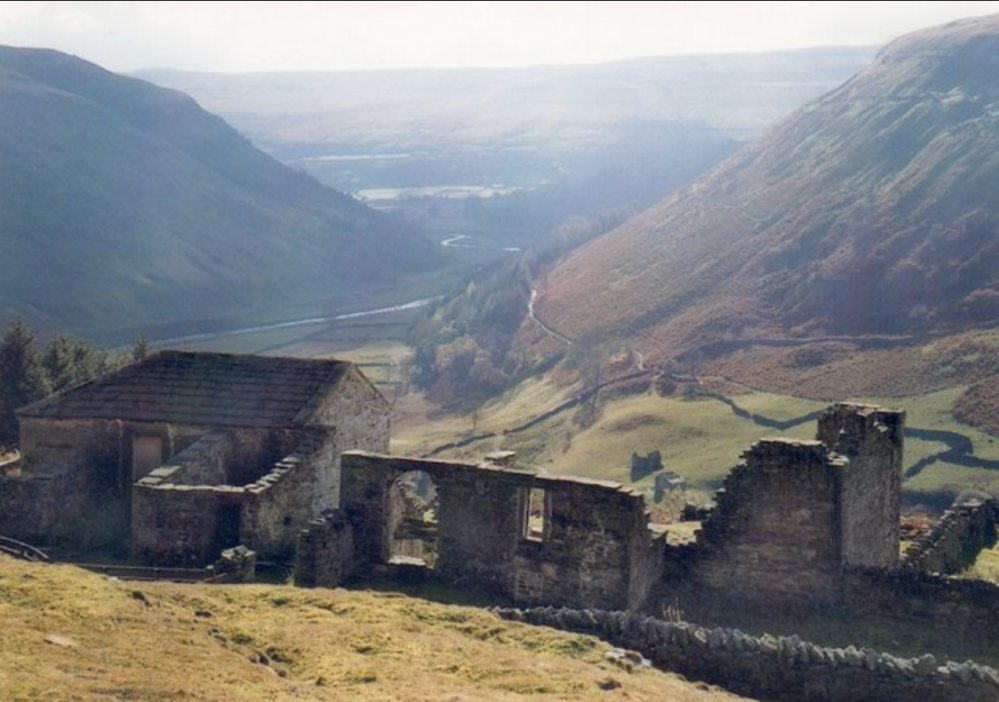
Don't Miss
Crackpot Hall’s ruins lie east of Keld. Once a hunting lodge, the current ruin is a farmhouse dating back to the mid-18th century. The impressive two storey building, which may also have been used as mine offices, was abandoned in the 1950s due to subsidence but has been saved for posterity by Gunnerside Estate.
The impressive ruins of Easby Abbey sit beside the River Swale. Founded in 1152, and demolished in 1536, it is still one of the best preserved monasteries of the Premonstratensian ‘white canons’ (they wore distinctive white robes hence the name) – the refectory, gatehouse and canon’s dormitory still remain, and the ruins were a firm favourite for artists such as JW Turner. The nearby parish church is still in use and is worth seeking out for the rare 13th century wall paintings.
Richmond Castle’s massive keep still dominates the skyline, keeping careful watch over the town below, and only two other stone-built castles are equal in age to Richmond; Colchester and Durham. The best-preserved part of the castle, the keep, is a 12th century addition built over the original gatehouse. The ruins of several smaller towers in the curtain wall can still be seen, including Robin Hood’s Tower on the eastern wall with the Chapel of St Nicholas on the ground floor. There are two courtyards, the Great Court and the Cockpit or Second Court. Some of the castle’s most famous prisoners include King William the Lion of Scotland, taken at Alnwick in 1174, and David II after his defeat at Neville’s Cross in 1346. Charles I apparently stayed in the castle on his journey south in 1647, after he had surrendered to the Scots.
The museum at the castle is well worth visiting and tells the story of the people who lived and worked at the castle throughout the ages. The restored Victorian Station in Richmond has a central gallery with ever-changing exhibitions of art from local and national artists. There’s a cinema showing the latest releases, and an award-winning bakery and ice-cream parlour to keep everyone happy. The Station also run regular events and workshops so keep an eye out for those if you are visiting and want to get creative, and you can sign up for one of the history and heritage tours of the building.
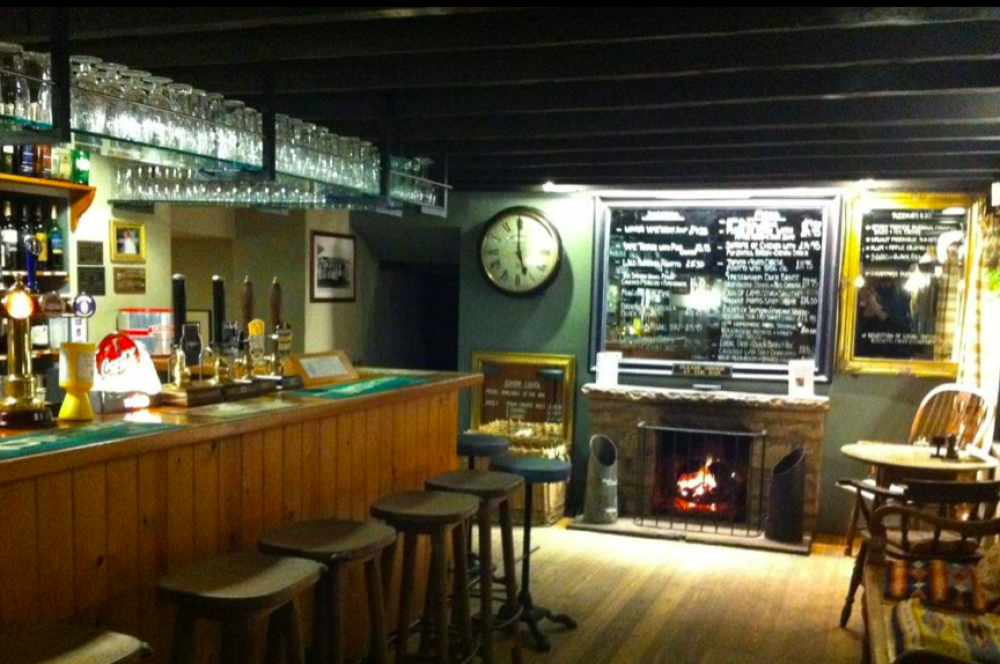
Stay A While
The CB Inn in Reeth is always welcoming whatever the season. A charming country pub with comfortable rooms and a great blackboard menu chalked up with daily specials, it’s a great find in the heart of Swaledale.
Easby Hall, just outside Richmond, is a sophisticated Georgian country house offering bed and breakfast. The beautiful suites are not the only draw here, breakfast is a feast of homemade treats – from the preserves made from fruit picked from the Hall’s own garden, to the free range eggs from their hens. It’s a leisurely affair served in the pretty dining room. While you’re here, take a tour around the extensive gardens; the serene Abbey Gardens, the south-facing Walled Garden and the productive vegetable garden. There’s also a two bedroomed self-catering cottage here which overlooks the neighbouring abbey ruins should you decide to extend your stay in Swaledale.
In Richmond itself, head to the Kings Head, an newly refurbished 18th century coaching inn right on on the market place, or the dog-friendly Fleece, which has a great bar, a restaurant serving hearty Yorkshire dishes, and 11 individually designed bedrooms.






